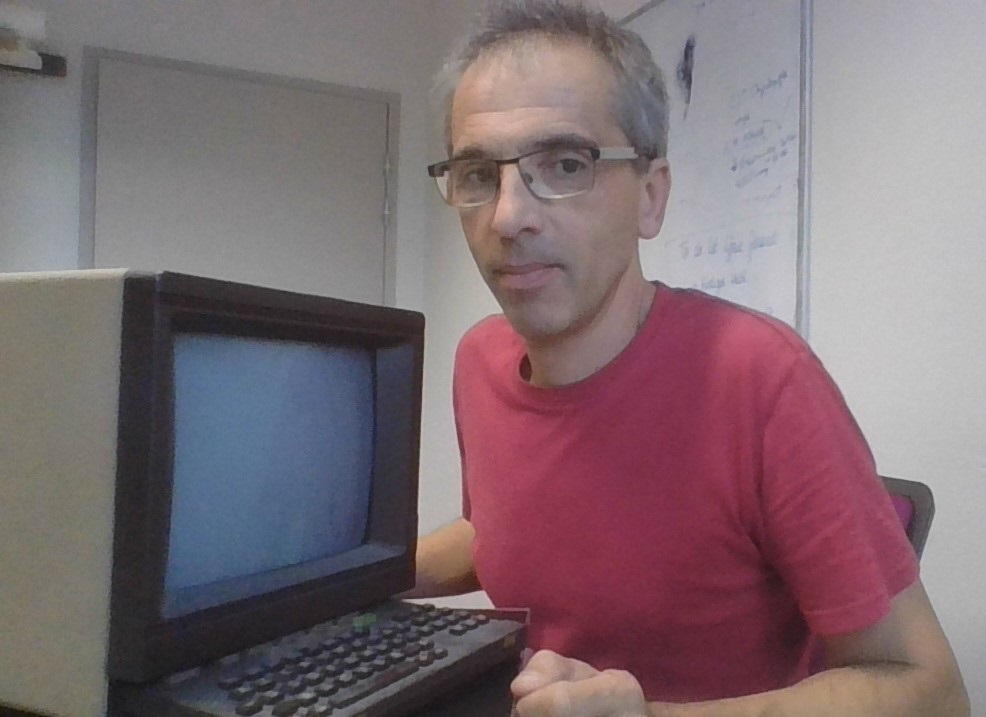
Gérard Subsol, Ph.D.
CNRS Researcher
3D image processing & 3D modeling
gerard.subsol@lirmm.fr

|
Gérard Subsol, Ph.D.
|
Research-Team ICAR
|
| Presentation | Research | Publications |
Since 2012, the French Haute Autorité de Santé has recommended that the teaching of surgery and technical gestures should "never be done for the first time on a patient". This requires a simulation-based teachning that is realistic enough to reproduce the surgical anatomy. The objectives of the VESALE 3D project, funded by the MUSE Project, are:
The CNRS INLOO International Project aims to associate French and South-African research teams in Computer Science and in paleo-anthropology in order to develop and test new algorithms to assist the evolutive analysis, in 3 dimensions of fossil anatomical structures.
The goal is to study in particular the transition to the Homo genus, around 2 million years old. Thanks to the international collaboration, the project partners have access to data of the 'Cradle of Humankind' which include hominid fossils from 4 to -1 million years BC.
One of the main difficulties in studying unearthed human fossils is that they have often undergone plastic deformation due to the slow movement of the surrounding geological layers, the increasing compression of the sediments that piled-up onto them, and more generally the diagenetic phenomena. It is then essential to identify these post-mortem deformations in order to restore the original shape of the fossil. In some cases, the deformations are so important that the fossil lost completely its proportions, preventing any morphometrical analysis! At the moment, palaeontologists use empirical and manual methods to compensate for these deformations.
In this CNRS Pluridisciplinary Exploratory Project, we plan to develop a more realistic method which has been, as far as we known, never investigated. If we know the position and the orientation of the fossil in the excavation, it becomes possible to infer the taphonomic constraints as for example, the gravity or the movement of the surrounding geological layers. If we assume that the fossil follows a given deformation law, we can build a biomechanical model of the anatomical structure and retro-deform it based on biomechanical laws and data.
A cranial endocast is a cast (replica) of the inside of the skull. Natural (fossil) endocasts can sometimes be found, and artificial endocasts can be typically obtained by filling the empty braincase with latex and using the latter as a mould to build a plaster cast. More recently, CT has been extensively used to build “virtual” or “digital” endocasts in a precise and non-invasive way.
The aim of our project is to provide new tools to extract endocast. A software is born of this project, called Endex.
A cranial endocast is a cast (replica) of the inside of the skull. Natural (fossil) endocasts can sometimes be found, and artificial endocasts can be typically obtained by filling the empty braincase with latex and using the latter as a mould to build a plaster cast. More recently, CT has been extensively used to build “virtual” or “digital” endocasts in a precise and non-invasive way.
The aim of this two-year Collaborative Research Initiative (ARC) granted by INRIA (the French National Institute for Research in Computer Science and Control) was to devise, implement, validate and apply new mathematical and computational methods for the automated morphometric analysis of extant and extinct hominid cranial virtual endocasts.
This CNRS Project aimed to analyze and develop some 3D interaction and modelling software tools for research in archaeology and paleontology.